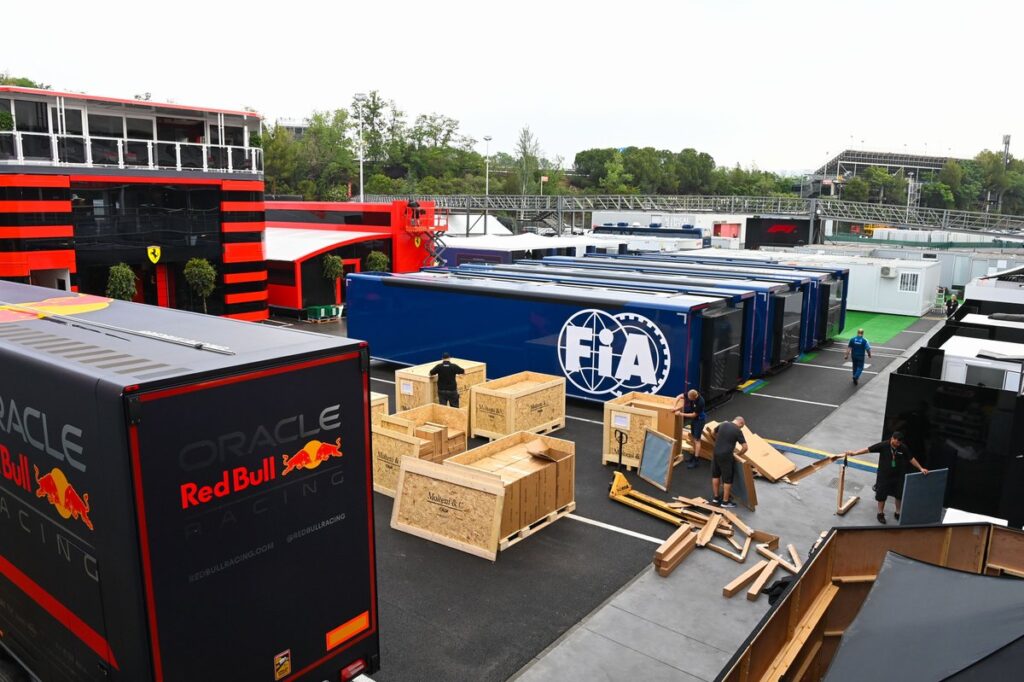Formula 1 Logistical Challenges: The Hidden Backbone of the Sport
As the 2023 Formula 1 calendar kicks off, triple-headers have become a standard feature, with the first one commencing at the Spanish Grand Prix in Barcelona, followed by back-to-back races in Austria and Silverstone. Later in the year, teams will face another challenging triple-header in Austin, Mexico, and Brazil, ahead of the season finale in Las Vegas, Qatar, and Abu Dhabi.
The Challenges of Triple-Headers
The summer run of Barcelona-Spielberg-Silverstone is particularly daunting, with teams relying on truck transportation and contending with logistical limitations, *maximum drive times for truck drivers, and customs clearance between the UK and France in the post-Brexit era. “From Austria to Silverstone, the chassis will be stripped on Sunday night at the circuit, so they’re right back in the factory on Tuesday morning, ready for the factory staff to start,” Mercedes Head of Race Team Logistics Karl Fanson explained to Autosport.
The recent back-to-back races in Imola and Monaco also posed significant logistical challenges, particularly in the cramped confines of the Monte Carlo harbour. “Monaco was a bit of a challenge for a few teams this year… We work with F1 and the FIA on timings, and it only takes a little bit to go wrong, and you have a knock-on effect,” McLaren’s Director of Race Operations, Mark Norris, noted.
Innovative Strategies and Sustainability Efforts
To mitigate these challenges, teams like Mercedes have adopted innovative strategies, such as deploying a secondary motorhome unit, which has proven useful for consecutive events. Meanwhile, McLaren has opted for a single motorhome unit, making the schedule even tighter. Mercedes has also made significant strides in sustainability, using sustainable fuel for its fleet of trucks since 2022 and extending its use to cover all circuit needs in 2024, alongside McLaren.
F1 itself has also taken steps towards a more sustainable operation, doubling its HVO fleet to 37 trucks and reducing freight shipments through remote broadcast operations from the UK. The sport has also trialled a low-emission power system based on HVO and solar energy, with plans to roll out the system at more races.
The Future of F1 Logistics
Looking ahead to the 2025 calendar, the logistical puzzle will only grow more complex, with Imola and Monaco forming a triple-header with Barcelona. “We do have two hospitality units available, so it’s for us to discuss where our priority focus is,” said Mercedes’ Dennis Reck. As the sport continues to push towards its net-zero target for 2030, embracing sustainable practices will become increasingly crucial for teams, promoters, and the sport as a whole.
🔗 Source
